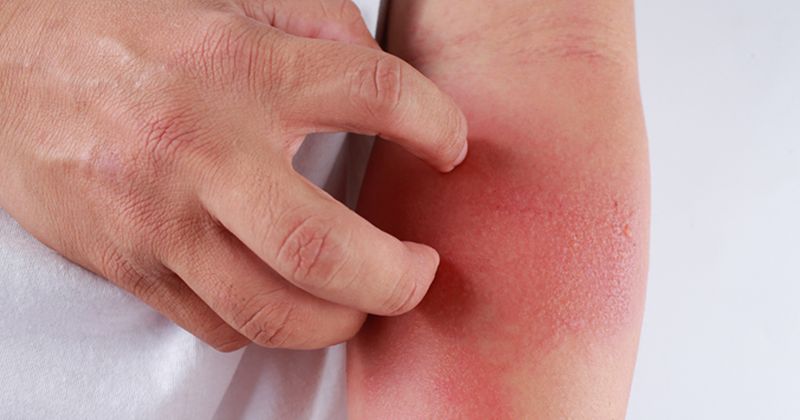Linerixibat may relieve itch in primary biliary cholangitis-associated pruritus
Linerixibat induced a dose-dependent reduction in itch among patients with primary biliary cholangitis-associated pruritus, according to results published in Clinical Gastroenterology and Hepatology.
“Pruritus is commonly associated with primary biliary cholangitis, present in nearly 75% of patients over the disease course,” Cynthia Levy, MD, FAASLD, AGAF, of the University of Miami Miller School of Medicine, and colleagues wrote. “Pruritus substantially impairs health-related quality of life, affecting sleep and contributing to fatigue.”

According to researchers, linerixibat — a minimally absorbed oral small molecule ileal bile acid transporter inhibitor — reduced cholestatic pruritus without serious adverse events in a phase 2a study. In addition, treatment with linerixibat reduced bile acid levels and improved sleep interference and fatigue compared with placebo.
To expand on these findings, Levy and colleagues conducted the multicenter, randomized phase 2b GLIMMER study to investigate the safety, efficacy and dose-response of linerixibat among 147 patients (mean age, 55.8 years, 94% women) with moderate to severe pruritus-associated primary biliary cholangitis (PBC), defined as an itch score of at least 4 on the numerical rating scale (NRS).
After 4 weeks of single-blind placebo, patients received linerixibat once (20 mg, n = 16; 90 mg, n = 23; 180 mg, n = 27) or twice daily (40 mg, n = 23; 90 mg, n = 22) or placebo (n = 36) for 12 weeks. Patients measured their itch score (0-10 NRS) twice daily, and researchers determined daily, weekly and monthly itch scores. The primary endpoint was change in mean worst daily itch (MWDI) score compared with baseline.
According to study results, there was a reduction from baseline in MWDI scores (mean 2 points) among patients dosed with linerixibat at week 16. Although these differences were not significant compared with placebo, post-hoc analysis of change in monthly itch score yielded “significant differences” between placebo and linerixibat 180 mg once daily (least squares mean change = –0.9; 95% CI, –1.76 to –0.03), 40 mg twice daily (–1.16; 95% CI, –2.05 to –0.28) and 90 mg twice daily (–0.95; 95% CI, –1.85 to –0.06).
Further, a linear model of total daily dose of linerixibat in the per protocol population yielded a “statistically significant” reduction vs. placebo in MWDI score at the 10% level, indicating a dose-response relationship.
According to researchers, commonly reported adverse events included diarrhea and abdominal pain, which occurred more often at higher linerixibat doses.
“Targeting bile acid reuptake with linerixibat may provide relief for patients with PBC and cholestatic pruritus, along with improvements in health-related quality of life relating to itch,” Levy and colleagues concluded. “Twice-daily dosing was associated with greater itch improvement.”
They added, “This study identified a linerixibat dose for further investigation, and a confirmatory study is ongoing in PBC patients with moderate to severe itch which includes a longer double-blind dosing period and analysis of itch intensity throughout the study period rather than at a single timepoint.”
